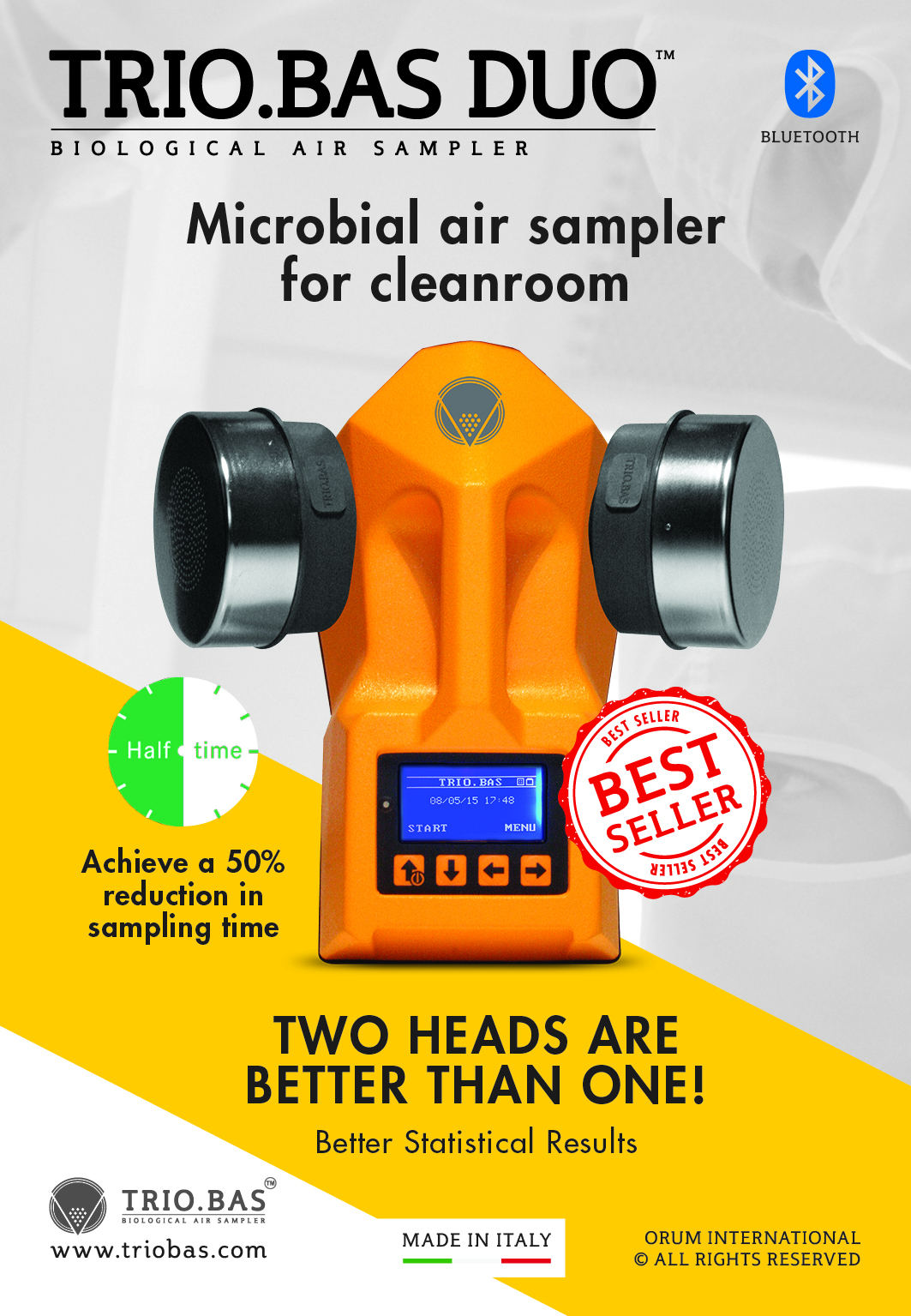MRSA infections
A Closer Look at MRSA: How the Minnesota Department of Health is Contending with this Multidrug Resistant Organism
Methicillin-resistant Staphylococcus aureus (MRSA) continues to be a major health care problem around the world. MRSA bacteria are resistant to all currently available beta-lactam antibiotics such as oxacillin and some are also resistant to non-beta-lactam drugs. Recently, Microbiologics interviewed Jane Harper and Lindsey Lesher, epidemiologists at the Minnesota Department of Health, to find out how MDH is contending with this multidrug resistant organism.
Microbiologics: Has the Minnesota Department of Health noticed any trends in MRSA infections?
Harper and Lesher: The Minnesota Department of Health (MDH) considers MRSA a very important pathogen. In the late 1990s MDH heard reports of healthy, young patients with MRSA infections; prior to this, MRSA infections were generally seen in hospitals/healthcare settings. In 2000, MDH initiated a comprehensive MRSA surveillance system with 12 hospital laboratories that reported MRSA to MDH through 2009. We saw a dramatic increase in the total number of reported MRSA infections as well as the proportion of community-associated MRSA cases. The total number of infections increased from 1,111 in 2000 to 3,401 in 2009. The proportion of community associated MRSA increased from 12% in 2000 to 56% in 2009.
A recent publication (JAMA 2010) reported that from 2005 through 2008 there has been a decline of nearly 10% each year in the incidence of invasive MRSA infections. MRSA infections are considered invasive if they are found in a normally sterile site such as the bloodstream. There were 21,000 episodes of invasive MRSA infections in residents from nine surveillance areas across the U.S.; approximately 17,000 were healthcare-associated MRSA infections. The study concluded that the majority of life-threatening invasive MRSA infections continue to be healthcare-associated, with patients over the age of 65 having the highest risk of infection.
Microbiologics: How does MDH define healthcare-associated MRSA and who is at risk?
Harper and Lesher: Healthcare-associated MRSA (HA-MRSA) is associated with people who have been recently hospitalized or had surgery, have lived in a nursing home in the year before their infection, or had an indwelling device prior to developing their infection. A patient is said to have HA-MRSA when he acquires the infections 72 hours of more after admission to a healthcare facility.
In healthcare facilities, patients who are immuno-compromised or who have invasive medical devices such as catheters are particularly vulnerable to infection. When caring for patients known to be infected or colonized with MRSA, healthcare personnel must follow infection prevention and control measures (e.g. hand hygiene, personal protective equipment) to prevent transmission. Routine environmental cleaning and disinfection products are effective against MRSA.
Microbiologics: In contrast, how does MDH define community-associated MRSA and who is at risk?
Harper and Lesher: Community-associated MRSA (CA-MRSA) is an infection which develops in healthy, younger people who do not have traditional healthcare-associated risk factors. MRSA in the community is widespread and therefore, anyone is at risk. Most people who get MRSA in the community get infections of the skin. Factors that have been associated with the spread of MRSA skin infections include: close skin-to-skin contact with someone who has MRSA, openings in the skin such as cuts or abrasions that contact items or surfaces contaminated with MRSA, crowded living conditions, and poor hygiene.
Microbiologics: Are all MRSA alike or are there many different genetic strains?
Harper and Lesher: MRSA outbreaks in community settings have been associated with strains that have some unique microbiologic and genetic properties compared with the traditional healthcare-associated MRSA strains, suggesting some biologic properties (e.g., virulence factors) may allow the community strains to spread more easily or cause more skin infections. Additional studies are underway to characterize and compare the biologic properties of HA-MRSA and CA-MRSA strains. There are at least three different S. aureus strains in the U.S. that can cause CA-MRSA infections. CDC works with state health departments to obtain organisms and epidemiologic data from known cases to determine why certain groups of people get these infections.
Microbiologics: What can individuals and communities do to prevent the spread of MRSA?
Harper and Lesher: Common sense hygiene practices are very important, including:
– washing hands often, especially before and after changing bandages/dressings,
– covering sore/wound with a clean, dry bandage until it is healed,
– avoiding sharing towels, razors, bar soap, or other personal items.
Microbiologics: Can a person have MRSA and not be sick?
Harper and Lesher: Yes. Some people have MRSA but do not have any signs of infection. A person is considered to be “colonized” with MRSA when it is present but there are no clinical signs or symptoms of infection. S. aureus most commonly colonizes the nose.
Microbiologics: How is MRSA treated?
Harper and Lesher: Many common skin infections caused by S. aureus or MRSA will heal without medical treatment. However, some skin infections will require incision and drainage of the infected site and some infections may require antibiotics. The type of antibiotic chosen is based on laboratory results from antimicrobial susceptibility tests.
Most skin infections will heal within a few weeks. More serious skin infections can take longer to heal if treatment is delayed or if ineffective treatment is given.
Some serious S. aureus infections (such as pneumonia or bloodstream infections) typically require hospitalization and treatment with intravenous antibiotics.
Microbiologics: What does MDH do to prevent the spread of MRSA?
Harper and Lesher: In 2010, MDH participated with the U.S. Centers for Disease Control and Prevention (CDC) and many other states in observing “Get Smart about Antibiotics Week” Nov. 15-21. “Antibiotic use contributes to antibiotic resistance,” says Dr. Ruth Lynfield, the state epidemiologist at MDH. MDH asks health care consumers to help in the fight to combat antibiotic resistance by 1) not demanding antibiotics from their health care provider if they have a virus, 2) following the doctors prescribed regimen if they are given antibiotics and 3) not taking leftover antibiotics.
MDH has developed a variety of educational materials for individuals, community groups (including schools, athletes and coaches) and healthcare providers. Materials include a poster with a list of Do’s and Don’ts for preventing the disease. Click here for more resources found on the MDH website. “Learning about MRSA: A Guide for Patients” is a booklet developed by MDH for patients infected with MRSA. This guide contains useful information about how to treat MRSA and a poster for proper hand washing. Click here to download a printable version of this booklet.
Microbiologics: What type of MRSA testing is done in physician offices and hospital laboratories?
Harper and Lesher: The CDC encourages clinicians to consider MRSA in the differential diagnosis of skin and soft tissue infections compatible with S. aureus infections, specifically boils and abscesses. If a patient complains of a “spider bite”, clinicians should be suspicious of a S. aureus infection. In general, a culture should be obtained from the infection site and sent to the microbiology laboratory. If S. aureus is isolated, antimicrobial susceptibility testing should be performed to guide treatment.
Microbiologics: Thank you, Ms. Harper and Ms. Lesher, for sharing your expertise with the Microbiologics® Magnified readers.
Biographies:
Jane Harper, RN, MS, CIC, received her Bachelor’s and Master’s degrees from the University of Michigan and is certified in infection control. She supervises the Infection Prevention and Antimicrobial Resistance Unit in the Acute Disease Investigation and Control Section at MDH and coordinates the MDH healthcare-associated infection prevention activities.
Lindsey Lesher is an epidemiologist in the Acute Disease Investigation and Control Section at MDH. She received her Bachelor’s degree at the University of California at Santa Barbara and her Master’s in Public Health at the University of Minnesota. Her current activities include MRSA surveillance and healthcare-associated infection prevention.
Below you’ll find additional information about MRSA testing:
Microbiologics offers microorganism strains for quality control of MRSA detection, as well as microorganisms used in many kinds of susceptibility tests. See the chart below for a list of examples. We also offer the controls needed for many MRSA testing instruments such as, Cepheid® GeneXpert, Roche Light Cycler® and BD GeneOhm™.
| Item | Catalog # | Comment |
| E. cloacae subsp. cloacae ATCC® BAA-1143™* | 01018 | Strong positive control for the AmpC disk test |
| E. faecalis ATCC® 51299™* | 0959 | Resistant to vancomycin and high level aminoglycosides |
| E. faecium ATCC® 700221™* | 01000 | Vancomycin resistant |
| K. pneumoniae ATCC® BAA-1705™* | 01005 | Positive control for Modified Hodge Test (test for carbapenemase) |
| K. pneumoniae subsp. pneumoniae ATCC® 700603™* | 0784 | ESBL positive |
| S. aureus ATCC® BAA-1708™* | 01007 | mupA positive by PCR |
| S. aureus subsp. aureus ATCC® 33592™* | 0889 | Gentamicin and methicillin resistant |
| S. aureus subsp. aureus ATCC® 43300™* | 0852 | Methicillin resistant; mec A positive. CLSI® recommended organism for cefoxitin disk, cefoxitin MIC testing and oxacillin agar screening |
| S. aureus subsp. aureus ATCC® 700698™* | 01022 | Methicillin resistant |
| S. aureus subsp. aureus ATCC® 700699™* | 0158 | Methicillin resistant; Mu50; reduced vancomycin susceptibility |
| S. aureus subsp. aureus ATCC® BAA-977™* | 0147 | Clindamycin resistant |
*The ATCC Licensed Derivative Emblem, the ATCC Licensed Derivative word mark and the ATCC catalog marks are trademarks of ATCC. Microbiologics, Inc. is licensed to use these trademarks and to sell products derived from ATCC® cultures.
Chromogenic agar and Mueller Hinton Agar with 6 µg/mL of oxacillin and 4% NaCl can be used for selective isolation of MRSA. For detection of MRSA, more sensitive tests such as rapid latex agglutination and the disk diffusion cefoxitin test are recommended. Procedures for susceptibility testing of S. aureus are found in CLSI documents (http://www.clsi.org/).
PCR (polymerase chain reaction) is used to confirm the presence of the mecA gene, which is the cause of most oxacillin resistance in Staphylococci. The mecA gene is responsible for the production of a supplemental penicillin-binding protein, PBP 2a, which can be expressed homogeneously or heterogeneously. Heterogeneous expression is more difficult to detect than homogeneous expression which necessitates the need for tests such as PCR and the disk diffusion cefoxitin test. Additional information about antibiotic testing can be found the CDC website (http://www.cdc.gov/mrsa/diagnosis/index.html).
References:
Kallen A.J., MD et al. Health Care–Associated Invasive MRSA Infections, 2005-2008. JAMA. 2010;304(6):641-647.
Clinical Laboratory Standards Institute. Performance Standards for Antimicrobial Susceptibility Testing; Twentieth Informational Supplement, M100-S20. 2010.
Murray P.R. et al. Manual of Clinical Microbiology, 9th Edition. American Society for Microbiology Press. 2007
Schofield, C.S. Outbreak: The Changing Epidemiology of HAIs and CAIs. Medical Laboratory Observer. January 2011;vol.43, No.1:8-15
Minnesota Department of Health: St. Paul, Minnesota. http://www.health.state.mn.us/
Centers for Disease Control and Prevention: Atlanta, Georgia. http://www.cdc.gov/
Link: microbiologics.com/

















